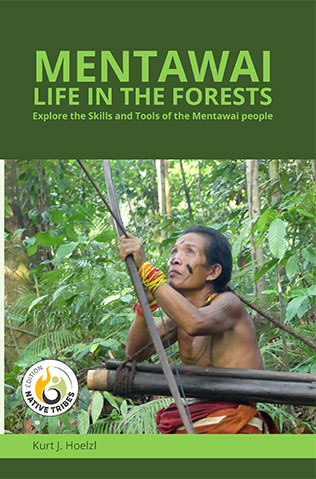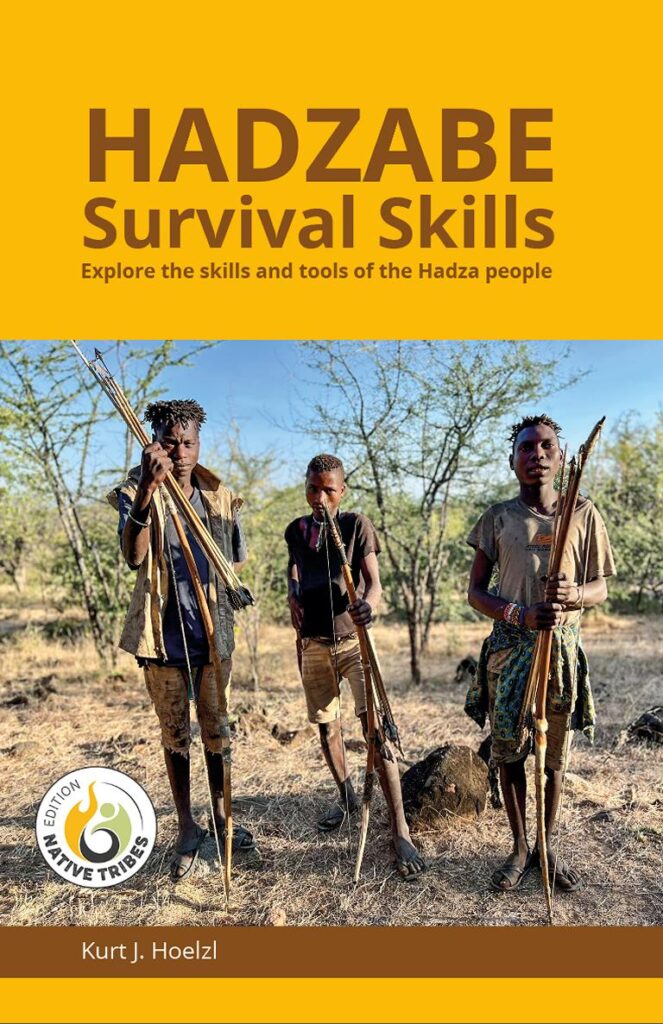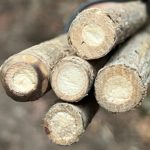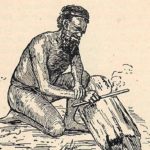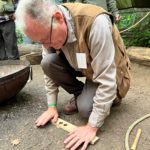Until the end of the 19th century, the Vedda people in Sri Lanka used fire drills as their standard fire-making method. In the literature of that time, Vedda was spelled Veddah, and Sri Lanka was called Ceylon.
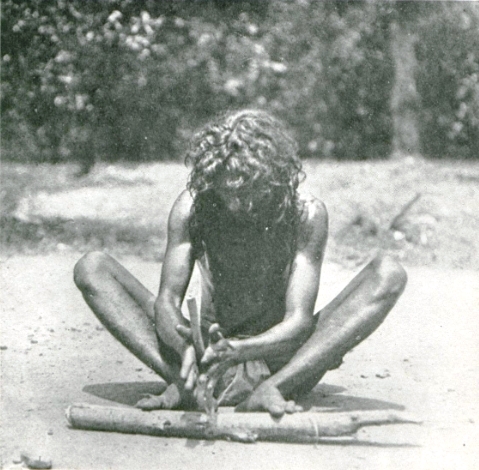
Current situation of Veddas in Sri Lanka
As of 2025, few traces of the former proud and distinctive subtribes of Village-Veddas, Rock-Veddas, and Coastal Veddas remained. Most Village-Veddas adopted Sinhalese culture, and only the last traces of their culture were kept alive at the Dambana village, which reminds one of an open-air museum. Rock Veddas are still worse off. In their only remaining community at Rathugala, about 65 rock Vedda families remained in 2025. Of these 65 families, only 10 still lead a traditional life in the forests around Gal Oya. All others have adopted the Sinhalese culture. And the Tamil majority population completely absorbed the Coastal-Veddas on the east coast of Sri Lanka.
Current state of traditional Vedda fire-making methods
None of the remaining Veddas uses fire drills anymore. At Dambana village, they demonstrate the flint and steel method as their only ancient fire-making technique to tourists. Otherwise, they use Butane gas lighters.
Sarasin’s text about Vedda fire drills
To keep the knowledge of fire-making through Vedda fire drills alive, I will present an old text that I translated from German to English and made readable. The original text was written by Paul and Fritz Sarasin, two Swiss scientists who visited Ceylon multiple times from 1883 to 1907.
The translated title of their book is: ‘Results of scientific research in Ceylon. The Veddas of Ceylon and the peoples surrounding them – an attempt to bring the riddles of human phylogeny closer to being solved. Wiesbaden, 1892-1893; University Library Basel.’
On pages 452 and 453 of this book, they describe the Vedda fire-drills as follows:
‘First, we will consider the Vedda method of creating fire; this is done with the help of the widely used fire drill.
Already in 1823, an anonymous author stated that they made fire with a fire drill. Bennett describes the procedure in more detail: A stick with a depression is held on the ground by the feet, and another is quickly rotated with the hands in the corresponding depression. Fire is generated with the help of dry leaves, which a companion brings, and the latter blows on the embers.
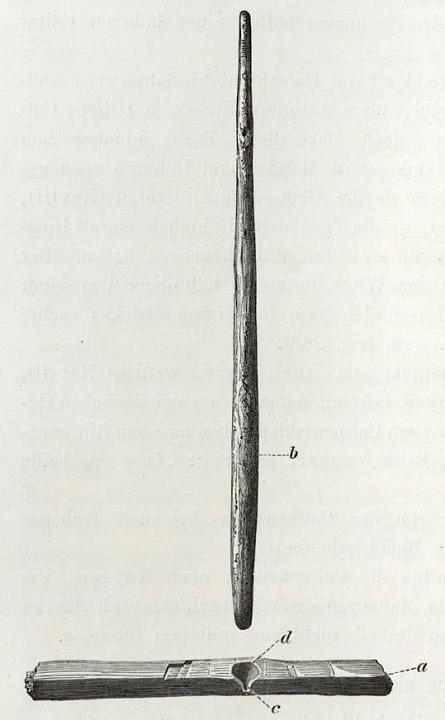
- a. Pan wood stick
- b. Drill wood stick
- c. Ember notch
- d. Pan depression
We can call the wood held on the ground, which serves as a pan, the pan wood stick (a), and the upper one the drill wood stick (b), and would like to draw your attention to the following illustration, which shows a Vedda fire drill at about one-third its actual size. On one side of the pan wood stick, a slight depression is first scratched near the edge with the arrowhead; Afterwards, a small notch is made on the edge itself, which we will call the ember notch (c). The pan (d) itself is worked out of the initially scratched depression by the vigorous rotation of the boring bar, as the movement releases the finest chips, which become embers and fall out of the chip notch. Dry leaves and similar material are then set ablaze by blowing on the glowing wood dust or chips that pour out.
The drill wood is about 40 cm long and is not a cylinder, but is somewhat thicker at the bottom than at the top. The drill wood’s largest diameter, about a quarter of the length towards the lower end, is about 17 mm; at the upper end, it decreases to about 12 mm. The fire-making Vedda begins to twirl the drill bit back and forth with his hands, starting at the top and slowly sliding his hands down while spinning. Since the thickness of the wood increases towards the bottom, the purpose of exerting a certain pressure against the pan during spinning is more easily achieved.
The wood is soft and light; the entire drill bit weighs 25 grams. It comes from (Pterospermum suberifolium) (K. Hoelzl: English common name: Fishing rod tree), a small tree called ‘Welan’ in Sinhalese. Both pieces of the drill come from the same small tree.
The drill bit is also sometimes taken from Hemicyclia sepiaria (K. Hoelzl: syn: Drypetes sepiaria), Sinhalese: Weera; a common shrub.
In addition to this more primitive and strenuous method of creating fire by turning the wood with the hands, a more advanced form was also discovered by Stevens. According to this author, the Vedda places a stone or a coconut shell on the tip of the wood, presses his forehead against it, and then turns the stick with the help of a bast cord. This method is probably practiced by the Coastal Veddas, as indicated by the use of the coconut, which is unknown to the Rock Veddas of the interior.
The Village Veddas also use steel and flint. The former is often shaped like a small horseshoe for ease of handling and is obtained from the nearest Sinhalese village blacksmith. Pieces of quartz, such as flint, are found everywhere. Cotton serves as tinder, which is often carried in a hollowed-out young Palmyra nut. Axe and arrow blades are also used instead of steel.
These days, the Rock Veddas are also often supplied with fire steel on government orders and are shown how to use it.’
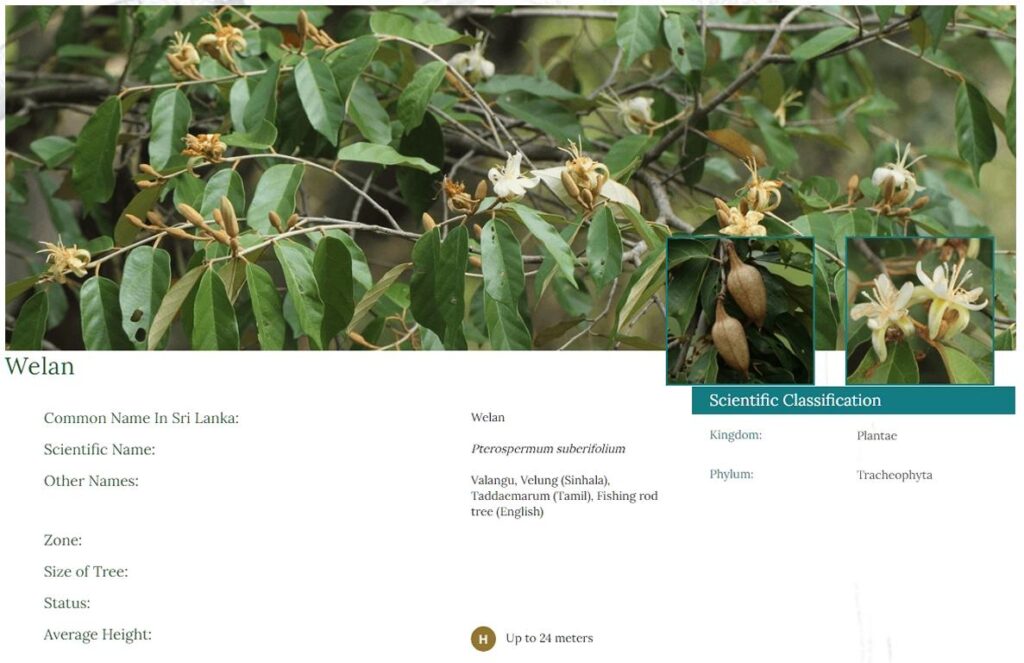
Lessons learned about Vedda fire drills:
- Rubbing two sticks with a fire drill was the standard fire-making method of the Veddas. Whether from the Village, Rock, or Coastal subtribes.
- At the end of the 19th century, the government handed out fire steels for fire making, eventually replacing fire drills.
- As a specific Vedda design element, the drill wood stick was conical towards the top, so more downward force could be exerted towards the friction area.
Further readings about fire-making on this website:
Vedda flint & steel fire making
Creating fire with a magnifying glass
Hadza hand drill friction fire
Bow Drilling – following the method of Mattias Norberg
Giant Fennel stalks for lighting fire
Batwa pygmies traditional fire lighting method
Manketti wood for friction fire lighting
Bushscout UK’s fire bundle basket
Fire lighting with Flint & Steel
Hand drilling in UK as taught by Dave Watson
Bow drill standard procedure by Dave Watson
Bow drilling in Australia by Gordon Dedman
Hand drill friction fire lighting in Australia
Creating fire by hand drill in Namibia
Australian friction fire wood species
.

